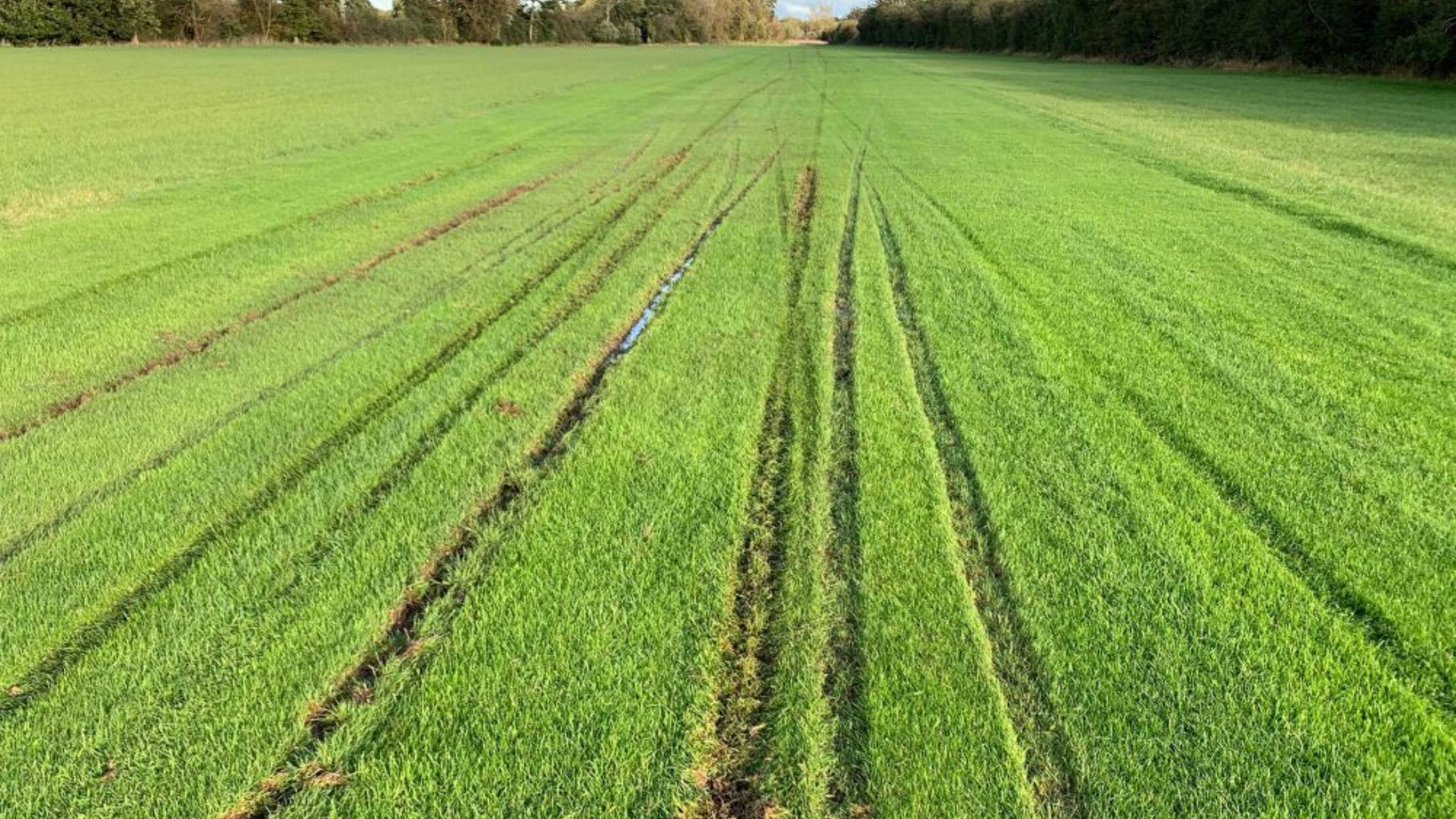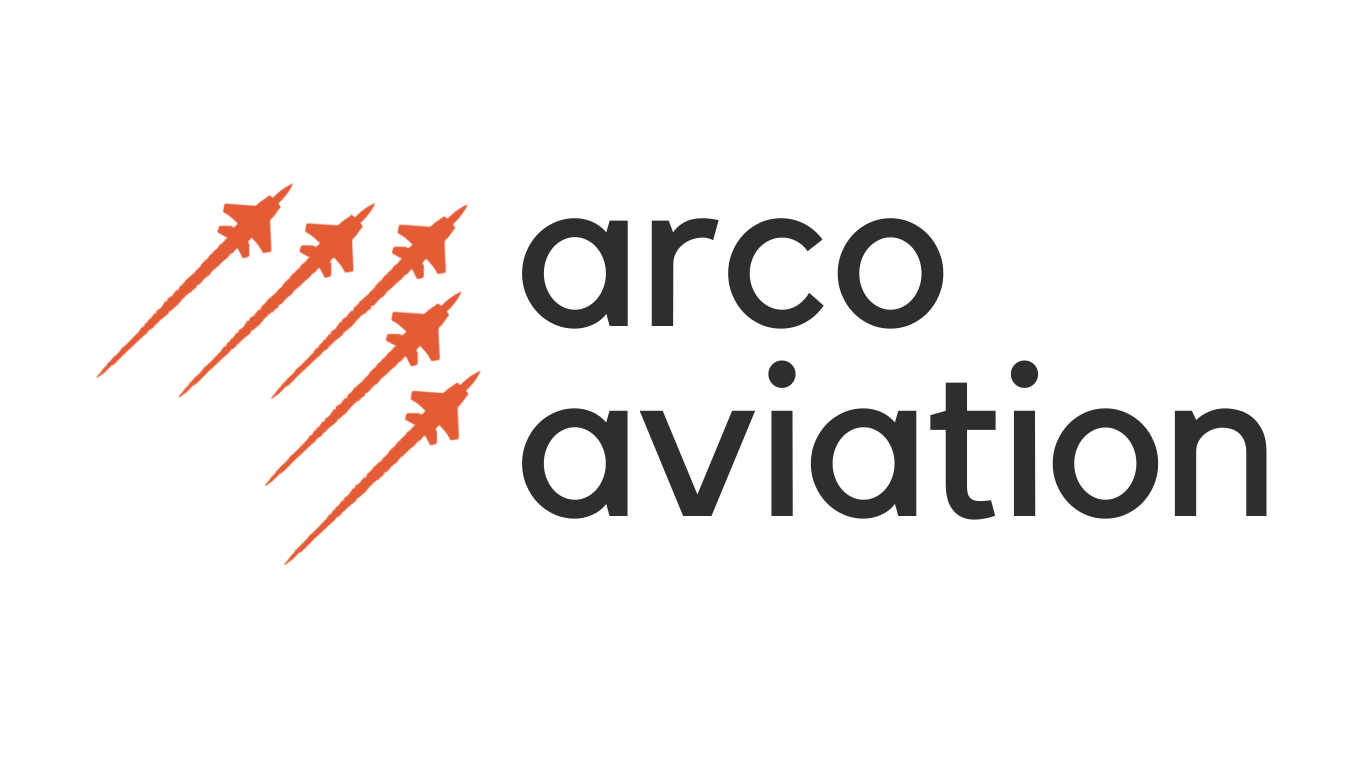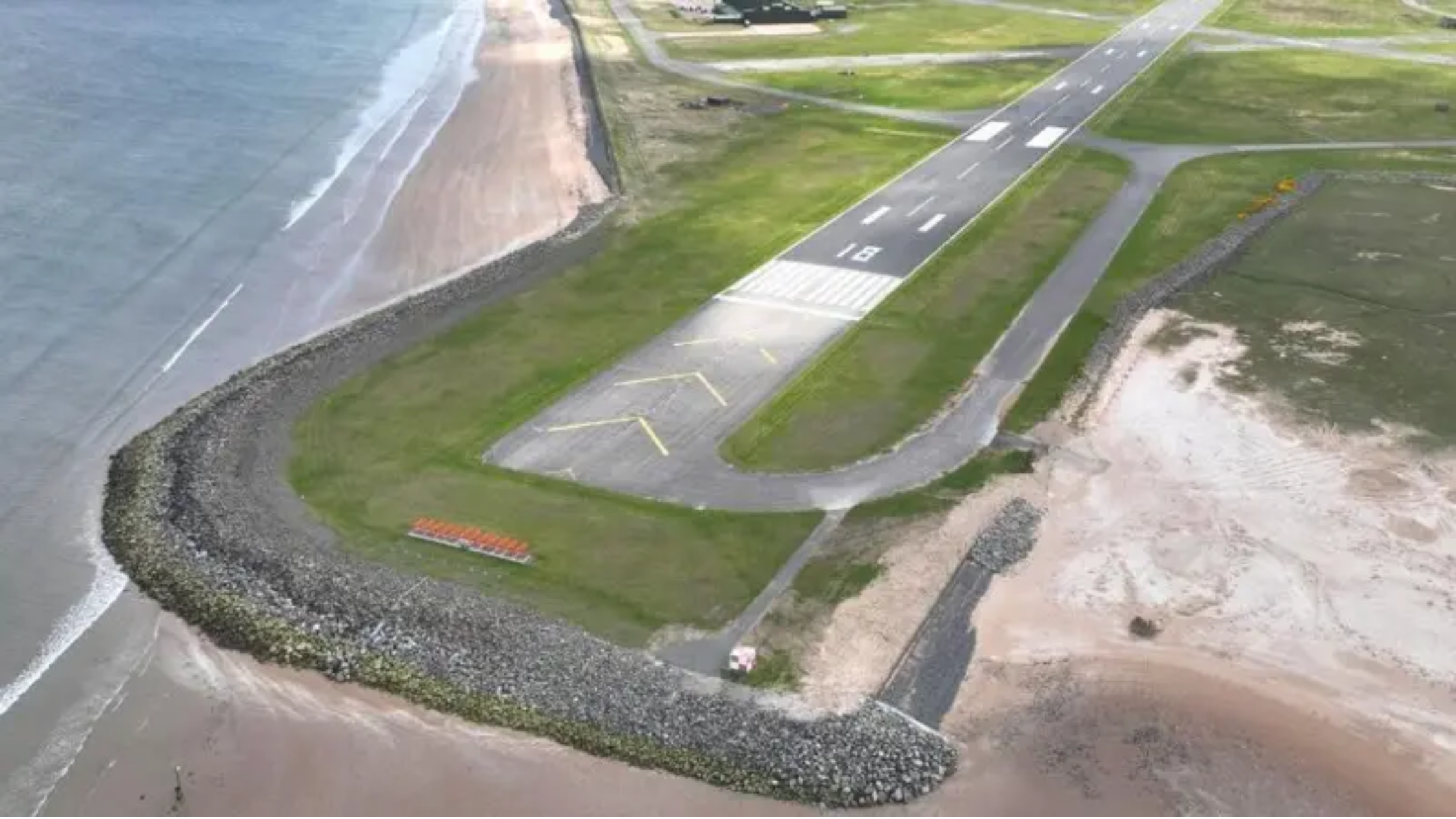Article: How to Land on Farmstrips in the UK: A GA Pilot’s Guide to Grass Roots Flying

How to Land on Farmstrips in the UK: A GA Pilot’s Guide to Grass Roots Flying
For many of us in general aviation, the romance of flight doesn’t end at the concrete apron of a regional airport. Some of the most memorable flights in the UK end with wheels touching down on a grass strip nestled between hedgerows, with the scent of freshly cut hay and a cup of tea waiting in the hangar.
Landing on farmstrips is an integral part of flying in Britain. It's not just a practical way to explore our green and pleasant land — it’s a rite of passage for any GA pilot. But it's not quite the same as calling up Brize Radar and getting handed off to a nice long hard runway. Here's everything you need to know about how it all works.
1. What Is a Farmstrip?
In short, a farmstrip is an unlicensed, privately owned grass airstrip, often on a working farm or estate. Some are meticulously maintained; others are little more than a mown field with a windsock and a landowner who likes the sound of a Lycoming on final.
They’re typically short (400–600 metres, sometimes less), sometimes sloped, occasionally one-way due to terrain or obstacles, and they definitely reward good stick-and-rudder skills.
2. Permission, Always
The golden rule of farmstrip flying: get PPR (Prior Permission Required). Always. These are private bits of land, and the landowner needs to know you’re coming.
Often, you’ll find contact details in the Pooley’s guide or through farmstrip enthusiast groups online. When calling, be polite and ask for:
-
Preferred joining procedures
-
Surface condition
-
Local NOTAMs or noise abatement
-
Whether there are animals about (seriously)
-
Parking, fuel, and cuppa options (priorities, naturally)
And don’t be surprised if they ask for your aircraft type, experience level, or even a quick chat about the day's weather. It’s all part of the trust.
3. Planning Your Arrival
Farmstrip flying is very much VFR and visual navigation at its finest. GPS helps, but don’t count on conspicuous signage or runway markings — this isn’t Heathrow.
Check:
-
Runway length and slope: Some strips are uphill one way and downhill the other. That could decide your landing direction, regardless of wind.
-
Wind direction: A windsock (if there is one) or a call to the strip owner will give you a clue.
-
Obstacles: Trees, fences, power lines, and livestock are all part of the charm.
-
Go-around options: These can be limited — some strips are one-shot landings.
Use SkyDemon or similar for aerial views, and ideally get some PIREPs from other pilots who’ve landed there.
4. The Arrival and Circuit
Most farmstrips will expect you to fly a standard overhead join, or sometimes a direct join to keep noise down. Watch your altitude — don’t overfly the house or startle the sheep.
Circuit patterns are often informal but agreed with the landowner. Maintain good airmanship — it’s about being seen and not heard (too much).
5. The Landing Itself
Landing on grass is a different feel. Here's what to keep in mind:
-
Speed control is king — Don’t come in hot. You'll eat up valuable runway.
-
Aim to land early — There’s no overrun. Plan to stop well before the hedge at the far end.
-
Surface may be soft — Especially after rain. Be prepared for a longer rollout.
-
Watch for bumps and wildlife — Rabbits don’t read NOTAMs.
Some strips have a clear “land here” marker (a cone, a tree, a tractor tyre), and locals will often share tips like "keep left of the oak tree and don't go past the barn."
6. Parking, Tea, and Local Charm
Most farmstrips have a place to tie down or at least park on firm ground. Bring your own tie-downs just in case, and always leave things tidy. It’s a privilege, not a right, to land on someone’s land.
And yes, many landowners do offer a cup of tea or a natter once you're down. Some might even show you their aircraft — or livestock.
7. Common Sense and Courtesy
-
Respect the strip. Don’t overfly unnecessarily or bring mates without asking.
-
Take care with groups or fly-outs. Some strips can only handle one or two aircraft.
-
Leave a donation or offer a token of thanks. Many strip owners fund maintenance out of their own pocket.
8. Want to Try It?
If you’ve never landed on a farmstrip, find an instructor or experienced pilot who has. Some clubs offer farmstrip-familiarisation flights. Build confidence with grass runways first, and read up on short-field landing techniques.
It’s challenging flying — but some of the most rewarding in the UK.
Final Thoughts
Farmstrip flying is a proper British aviation tradition. It’s about freedom, friendship, and flying for the joy of it — without the bureaucracy. With a bit of prep and a healthy dose of respect, you’ll soon be part of the scene.
So go on — plot a course for a strip near you, and enjoy the best of what British GA has to offer.

